FROM THE PASTOR’S DESK
Dear St. Mary’s Parishioners,
In his book “Jesus of Nazareth, Part II, Holy Week,” Pope Benedict XVI explains that the cleansing of the temple was a pivotal point in the decision of the authorities to do something about Jesus. In the Gospel of Mark, when the chief priests and the scribes heard our Lord’s words (“Is it not written, ‘My house shall be called a house of prayer for all the nations? But you have made it a den of robbers’.” Mk 11:17), they “sought a way to destroy him”. (Mk 11:18) Indeed, within a week, Jesus was dead. What was it about the cleansing of the temple that made the authorities want to kill Jesus? To answer this question, it is good to understand first why Jesus did what he did. One of the reasons Jesus cleansed the temple, was to show who he was. In the Gospels, we see how Jesus spoke with authority. For example, he forgave sins. He calmed the wind and waves. He casted out demons. He healed. Through these actions, Jesus was announcing and demonstrating who he was. He was acting in the person of God and manifesting his authority over all of creation. He has authority over creation because He is God and God, Father, Son and Holy Spirit brought all of creation into being. Secondly, through the cleansing of the temple, Jesus was instituting a new temple. He said: “I will destroy this old temple which has become corrupt and I will replace it with a new one.” With his words that “in three days he will raise up” the temple, Jesus wanted his listeners to understand that he would be constructing a new temple. And this new temple would be his own Body. Through his Death and Resurrection, Jesus’ own Body became the sacred dwelling place of God. And, by dying and rising, Our Lord created the Mystical Body, which is the Church. And from the Church, we receive the grace of the sacraments that unite us more closely to each other, to the Church and to God. In the Gospel of John, Jesus says: “Destroy this temple, and in three days I will raise it up.” (Jn 2:19) The Jewish leaders interpreted Our Lord’s actions as akin to what the worst enemies of the Israelites did in the Old Testament. The enemies of the Israelites destroyed the physical temple. And that’s what the Jewish leaders interpreted Jesus to saying that he was going to do. He was a major threat to their way of living and thinking. Yet, by cleansing the temple in the way that he did, Jesus was trying to move the Jewish authorities to think in a new way. In the Gospels, Jesus said that the temple is meant to be a house of prayer. Our bodies and souls are meant to be temple where God can dwell in us. This Lent, each of us can ask ourselves: Is the temple of my body a place where God dwells? Is the temple of my person a place of holiness, a place of prayer? Or has my temple become a den of thieves? What forces, tendencies or attitudes have found their way into my temple? Is there greed, pride, lust, gluttony, anger, the deadly sins that need to be thrown out? This Lent, let us invite Jesus into our lives, our bodies, our souls and our minds. As he walks into my heart, and looks around, what does he see? What tables does he need to overturn in my life? What thieves does he need to cast out of my soul? What are the things that I need to bring to Our Lord in sacramental confession so that he can purify me, heal me and forgive me? (Our Communal Lenten Penance Service is this Wednesday, March 30th, at 7p.) As we enter into the stretch run of Lent, we pray that Jesus may carry out his merciful and spiritual surgery on us so that we can more and more become the pure, holy dwelling place of prayer, purity and holiness and where the Father, Son and Holy Spirit live and reign.
In Christ Jesus,
Father Berg
